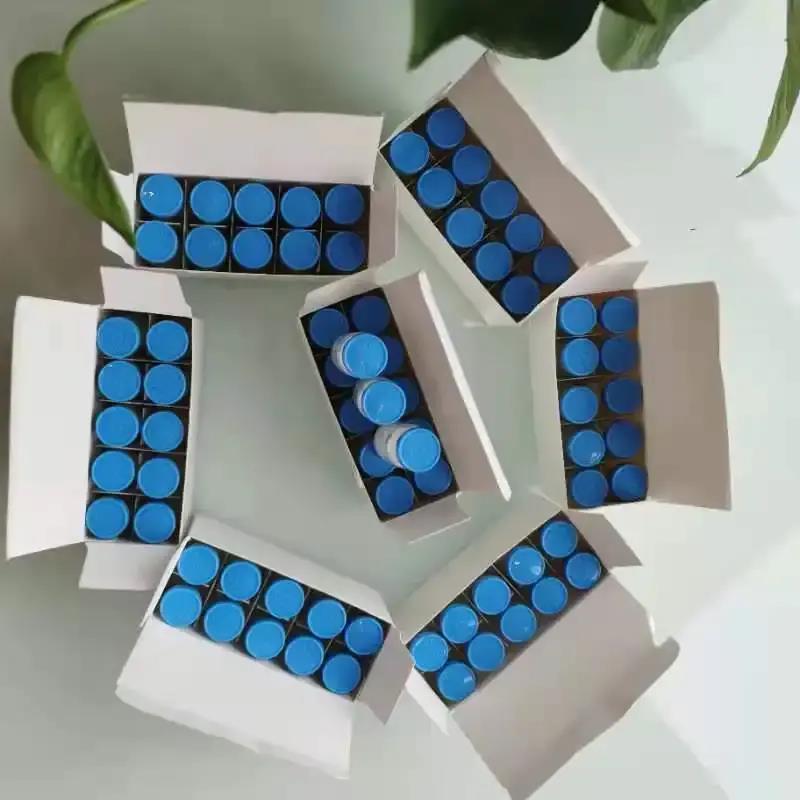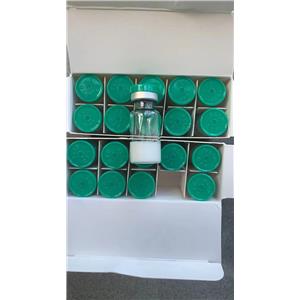Wechat/Whatsapp:+ 86 19031013557

BPC 157, composed of 15 amino acids, is a partial sequence of body protection compound (BPC) that is discovered in and isolated from human gastric juice. Research has shown BPC-157 to have considerable biological healing properties. Experimentally it has been demonstrated to accelerate the healing of many different wounds, including tendons, muscles, nervous system and superior healing of damaged ligaments. This peptide can be very useful to athletes or just the average person who has daily aches, pains or injury. Overuse of our body can cause muscle, tendon and ligament issues that affect our everyday life. The addition of BPC-157 can help heal those everyday aches and pains.
Those who suffer from discomfort due to muscle sprains, tears and damage may benefit from treatment with this peptide. It can also help aid skin burns to heal at a faster rate and increase blood flow to damaged tissues.
Benefits of BPC 157:
Accelerated wound healing (muscle, ligament, tendon, nerve)
Anti-inflammatory
Has been shown to decrease pain in damaged areas
BPC 157 increases growth hormone receptors
Promotes the outgrowth of tendon fibroblasts, cell survival under stress, and the migration of tendon fibroblasts
Improves digestive function
May improve blood pressure and NO production
Protects and heals inflamed intestinal epithelium (leaky gut)
It has also been shown to help in Inflammatory bowel disease
Protects liver from toxic insults (alcohol, antibiotics, etc) and promotes healing
Advanced Benefits of BPC-157:
In tendons, BPC-157 increases fibroblast growth via phosphorylation levels of both FAK and paxillin (dose dependently)
In collagen repair, BPC-157 stimulates EGR-1 which induces cytokine and growth factor generation and early extracellular matrix (collagen) formation
EGR-1 also increases its co-repressors such as nerve growth factor 1-A binding protein-2 (NAB2)
BPC-157 can increase decrease B4 (LTB4), thromboxane B2 (TXB2), and myeloperoxidase (MPO) in the serum and inflamed tissues and increase macrophages activity.

 China
China








